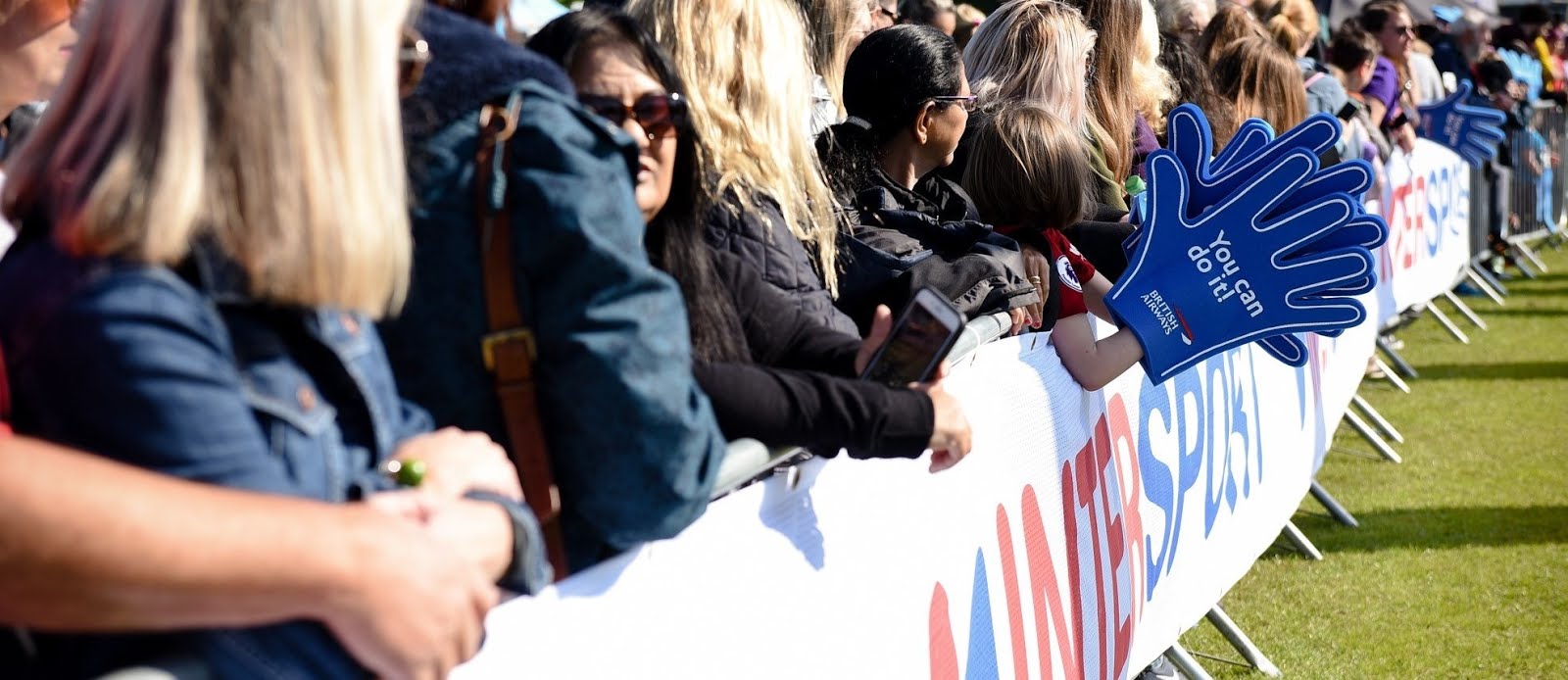A good sports bra is as essential a piece of sports kit as a good pair of trainers. Yet why are 73% of women who exercise regularly not wearing sports bras? If you are in any doubt as to how important it is to give yourself a lift, we clear up some well-known myths here.
Myths and Facts
Myth 1: There are muscles in the breast.
Fact: Female breasts are primarily composed of glandular tissue and fat, held in position by the delicate Cooper's Ligament. Any excessive amount of breast movement or bounce, as happens during exercise, puts strain on these ligaments and can cause them to stretch. In the long term this leads to breast sag.
 |
| (active.com) |
Myth 2: Specific exercises will return your breasts to their former shape.
Fact: Once breasts have dropped because of stretching these ligaments, nothing can naturally restore them to their former position.
Myth 3: Small breasts do not need support.
Fact: Even among 34As/75As, tests found that breast movement ranged up to an average of 40mm away from the resting place of the body, which can lead to breast sag.
Myth 4: Running, in itself, always leads to sore and tender breasts.
Fact: Inadequate breast support, coupled with excessive breast movement, is the most likely cause of sore and tender breasts after exercise. In a survey, 80% of GPs questioned agreed that with the specialist support of a sports bra, stress on the ligaments is reduced. This helps delay the long-term sagging of breasts.
Myth 5: Your ordinary, everyday bra is good enough to use when exercising.
Fact: Tests showed that breast movement is reduced by 38% when wearing an ordinary bra but this rises to as much as 74% with a Shock Absorber sports bra.
Read more about our research with the Shock Absorber Sports Institute (SASI) in The Science of Shock Absorber.
*Source: Omnibus December 2004.

No comments:
Post a Comment